Next Generation of Corporate Real Estate: Occupant-focused Organizations Driven by AI
From Corporate Real Estate Journal Volume 9, Number 1, pp. 84–86
© Henry Stewart Publications
Received: 5th August, 2019

Colette Temmink
Chief Strategy and Product Officer | Co-Founder
Traditional corporate real estate (CRE) departments are focused on ensuring companies secure the right space at the right time and maintaining their real estate foot- print. As talent and retention become the continued focus of companies, CRE functions are responding by focusing on the work environment provided to employees and recognizing their influence on productivity and retention. This includes progressing to more of an occupant-focused organization, which includes using artificial intelligence (AI) and big data to help personalize services that current and future employees will require.
The importance of understanding both what a customer wants and their service needs is critical to any organization. Today’s customers have more information at their fingertips to make increasingly effective buying decisions and provide constructive feedback that can have an impact on a company’s brand. The increased amount of customer empowerment created through technology is important for companies to understand and align their operations by creating customer-focused organizations.
Customer-focused organizations base operations around the customer and focus on interactions to enhance service delivery. These interactions should focus on satisfying the customer desires through improvements such as increasing the speed of business by continuous technology innovations and social media.
AI is a field of computer engineering and its foundation is based on developing systems that collect data to enable decision making. It includes big data and mathematical algorithms to support machine learning. Although CRE is one of the largest industries, it is also one of the last to move towards digital transformation, which has caused a delay in AI opportunities. AI has the potential to be the largest technological disruptor to commercial real estate as it has been to other industries and the opportunity for advancements are vast.
Data-driven insights and AI are supporting the ability to provide personalized services. This happens at the intersection of the physical building, people occupying the building. and the technology tools that support AI or machine learning — for example, having the ability to personalize space by changing office lighting or automatically booking a conference room for a meeting based on the time and number of participants. Companies that understand and provide personal experiences will be successful in the future.8 This personalized experience includes customer historical preferences, communication preferences and location.9 Today, we are seeing multiple mobile apps available for building occupants that provide personalized services such as concierge, wellness, building access, food service, etc.
Successful CRE change efforts actively engage human resources, technology and corporate strategy in the effort. CRE leaders who brought in important players from these disciplines early in the workplace change process had greater success in less time than those companies which saw their effort as simply a real estate costsavings initiative.
To serve employees or occupants in a building, a CRE organization should start with understanding their needs and wants — and there are many tools to do so. Some include day-to-day information and data on how employees use space and the services they consume. In addition, these insights can provide real-time data to improve service execution and increase customer satisfaction. For example, real-time customer consumption and feedback can enable timely adjustments to service responses suggested by AI-driven tools.
Conclusion
With mobile connectivity such as 5G, edge computing and augmented reality (AR) maintenance solutions, we will see acceleration of continued personalization of facilities services.
‘The fittest organizations with chances for survival are adaptive, agile and flexible to the changing needs of customers, technology, regulations, demand, and external trends. Consequently, agile organizations have the ability to innovate on behalf of their customers.’15
CRE organizations have the ability to adapt to focusing on personalizing services to support the occupants of a building and enable their company’s success.
References
(1) Morgan, B. (December 2017), ‘How to Build the Most Customer- Focused Culture in the World’, Forbes, available at https://www.forbes.com/ sites/blakemorgan/2017/12/11/ how-to-build-the-most-customer-focused- culture-in-the-world/#384e0de056d6 (accessed 24th July, 2019).
(2) Business Wire (December 2018), ‘Intelligent Apps: Worldwide Market Analysis to 2026 – Expected to Register a CAGR of 30.7% – ResearchAndMarkets. com’, available at https://www.businesswire. com/news/home/20181211005838/en/ Intelligent-Apps-Worldwide-Market- Analysis-2026– (accessed 5th August, 2019).
(3) Ibid, note 2.
(4) Fountaine, T., McCarthy, B. and Saleh, T. (2019), ‘Building the AI-Powered Organization’, Harvard Business Review, Vol. 97, No. 4, pp. 62–73.
(5) Brinzea, V.-M. (2018), ‘Reverse Mentoring – When Generation Y Becomes the Trainer within a Multi- Generational Workforce’, Scientific Bulletin – Economic Sciences, University of Pitesti, Vol. 17, No. 3, pp. 77–82.
(6) Ibid., note 1. (7) Ibid., note 6. (8) Ibid., note 6. (9) Ibid., note 6.
(10) American Management Association (AMA) (January 2019), ‘The Customer-Focused Organization’, available at https://www. amanet.org/articles/the-customer-focused-organization/ (accessed 24th July, 2019).
(11) Ray, L. (n.d.), ‘Characteristics of a Customer-Focused Organizational Model’, AZ Central, available at https://yourbusiness.azcentral.com/ characteristics-customerfocused- organizational-model-16885.html (accessed 24th July, 2019).
(12) Ibid., note 11.
(13) Gallup (2017), ‘State of the American Workplace’, pp. 1–214, available at https:// news.gallup.com/reports/199961/7. aspx?utm_source=SOAW&utm_campa ign=StateofAmericanWorkplace&utm_ medium=2013SOAWreport# (accessed 5th August, 2019).
(14) Ibid., note 11.
(15) Galetti, B., Golden III, J. and Brozovich, S. (2019), ‘Inside Day 1: How Amazon Uses Agile Team Structures and Adaptive Practices to Innovate on Behalf of Customers’, People & Strategy, Vol. 42, No. 2, pp. 36–41.

